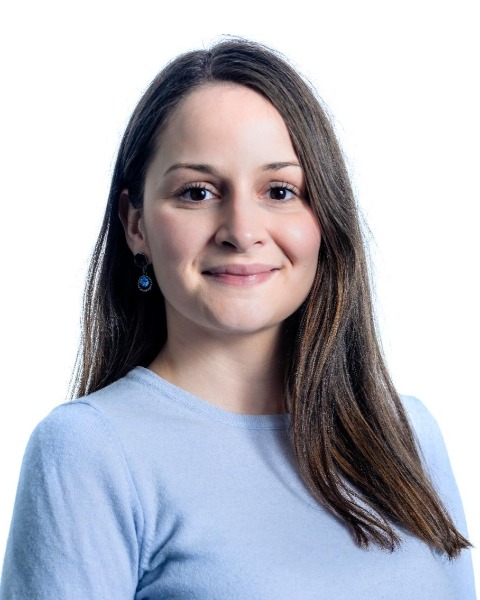2024 Technical Program
Analytical
A NARP-HPLC-CAD method for comprehensive screening of oil samples
- HA
Henrik Almqvist
PhD, Principal Scientist
CR Competence AB
Lund, Sweden 
Ariana Causevic, PhD (she/her/hers)
PhD, Research Scientist
AAK, Sweden
Co-Author(s)
Presenting Author(s)
Comprehensive analysis of oil samples usually requires passing the sample on several analytical instruments and methods including both HPLC and GC. In this study a comprehensive screening method for non-aqueous reversed phase HPLC with charged aerosol detection was developed that can separate free fatty acids, mono-, di- and triglycerides with acyl chain length ranging from 4 to 18 carbon atoms in a single run of 100 minutes. Two 15 cm Nucleodur C18 Isis columns are used in series with a mobile phase gradient composed of acetonitrile with 0.4% acetic acid, isopropanol and heptane.
The method was evaluated using 50 pure compounds out of which there were only three co-eluting pairs. Tested compounds include free fatty acids, mono-, di- and triacylglycerides including compounds with both saturated and unsaturated acyl chains as well as regioisomeric pairs of the acylglycerides. The method was also evaluated using a range of refined oils and fats including rapeseed oil, sunflower oil, safflower oil, palm oil, shea olein, coconut oil, cocoa butter, soy oil and olive oil, showing good separation of most of the peaks of the oils.
Compounds elute in an order closely following the equivalent carbon number. The retention time of an unknown peak can therefore aid identification, as can the retention time of a known compound be predicted. Modification of the mobile phase gradient changes the retention times of the compounds, but the elution order remains constant. Thus, once a screening of a sample had been performed, directed methods for specific sample types were designed from a section of the initial screening method. This enables fast method development for new sample types using a cut-and-paste rationale, reusing sections of the screening gradient.

.jpg)